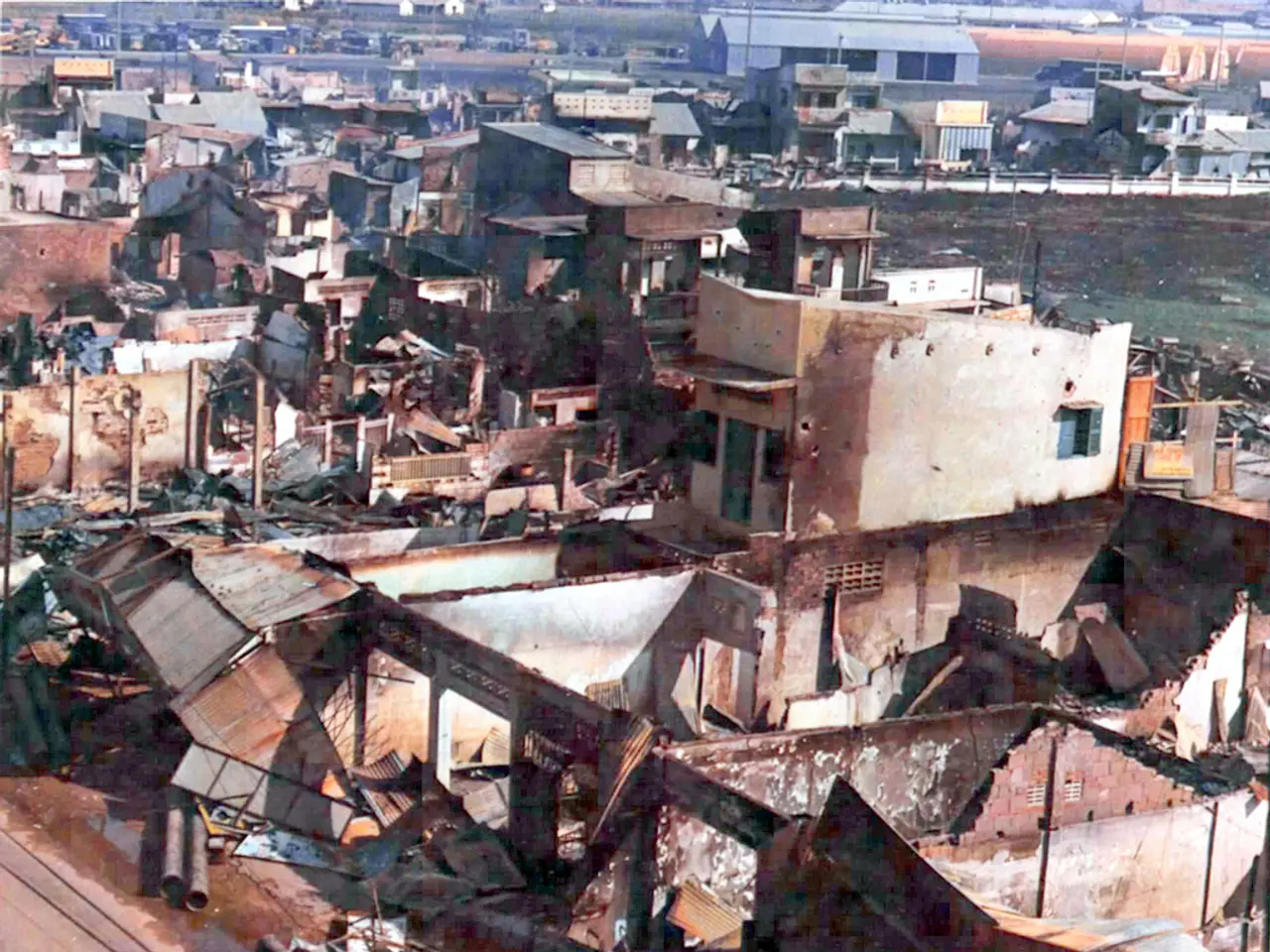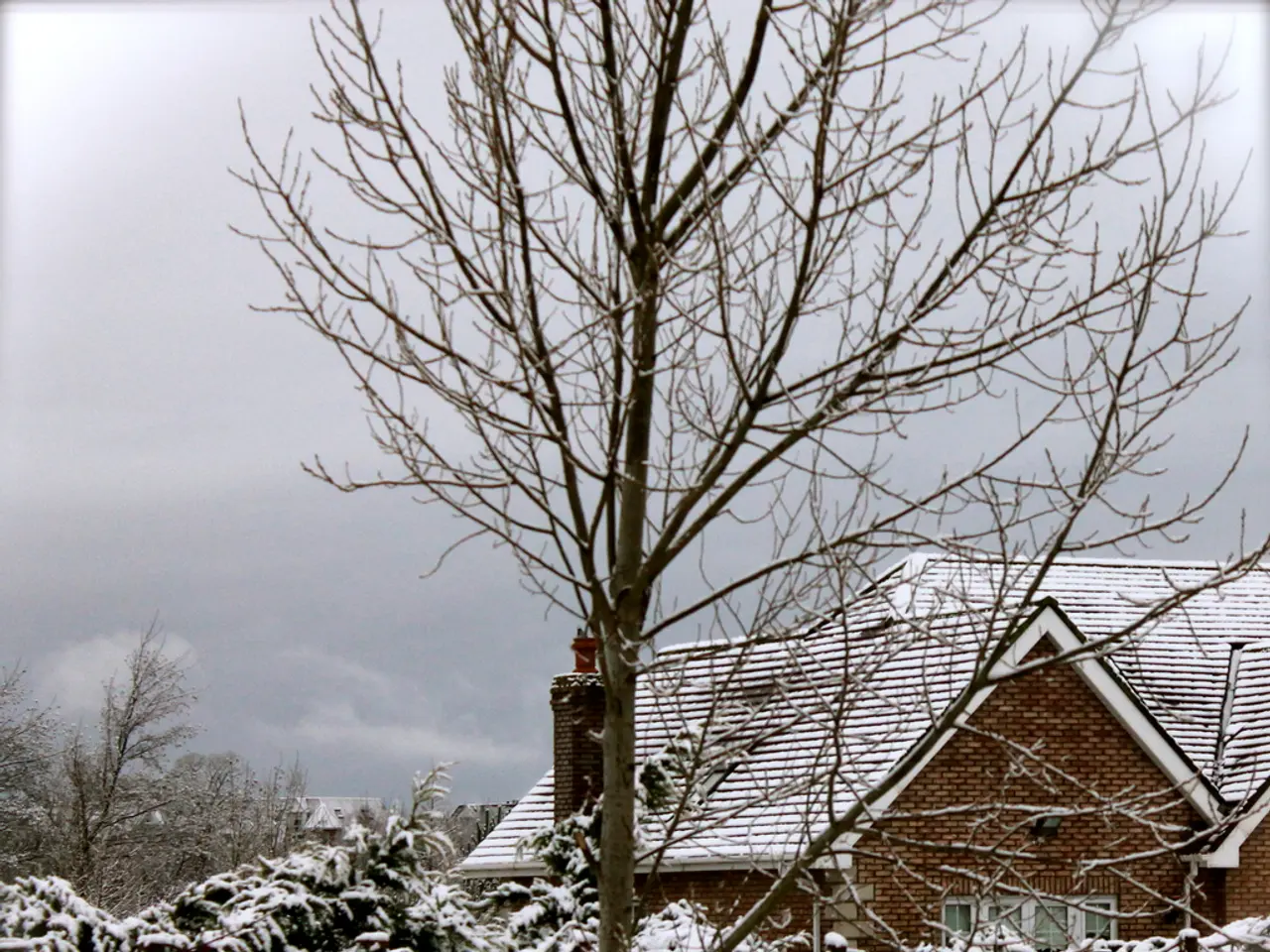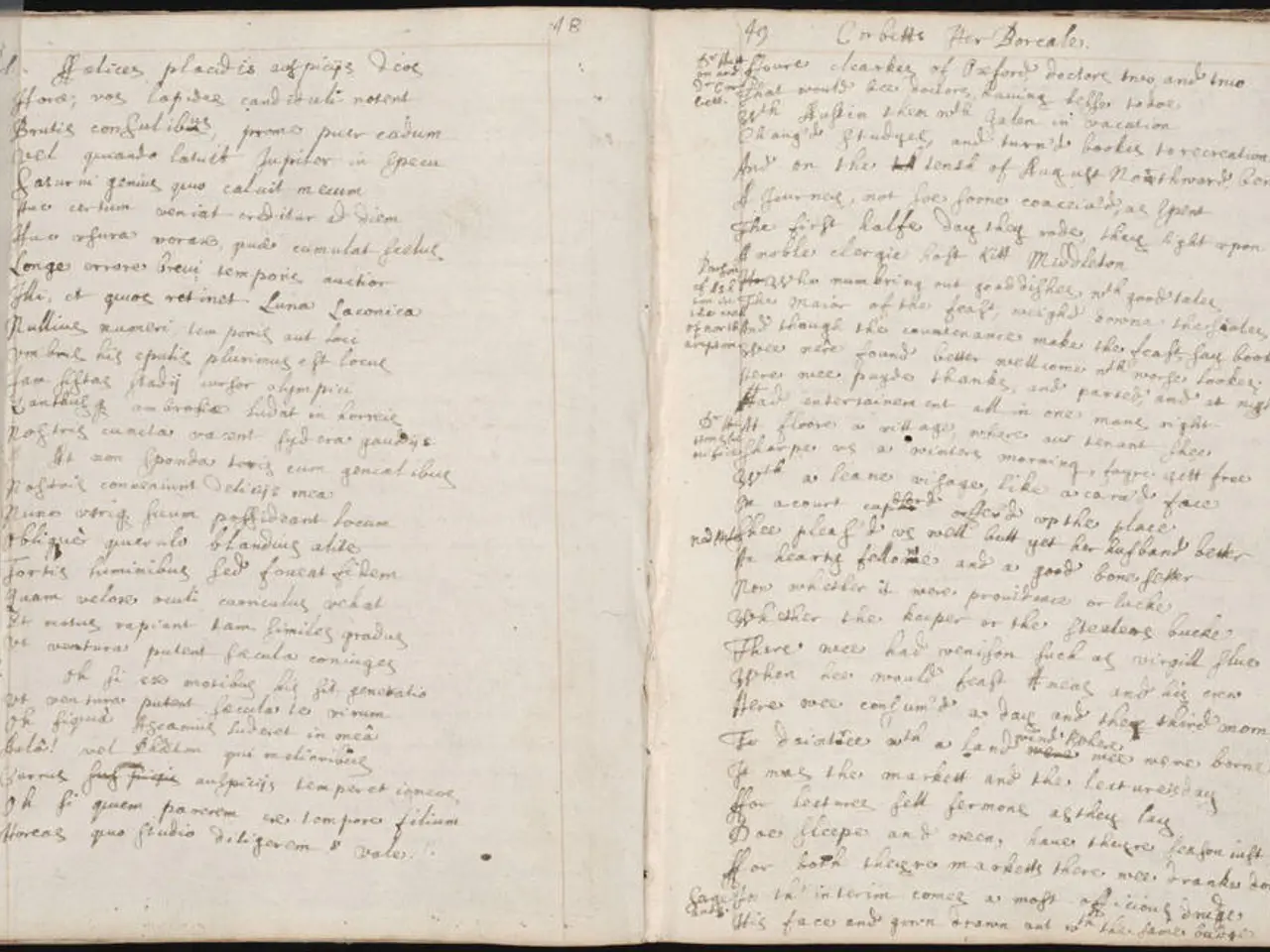Challenges persist in the Kuban region following intense rainfall
Flooding and Rescue Operations in the Tuapse Region, Russia
Heavy rainfall and flooding have caused disruption in the Tuapse region of Russia over the weekend, leading to the installation of two stationary tanks in the city to address water access issues.
The village of Fanagoiskoye has been particularly affected, with a sharp rise in water levels in the Chepsi River linked to a waterspout that came in from the sea. Preliminary estimates show that 35 private plots in the village have been flooded, with water entering some houses. No evacuations were required, but the mud has flooded wells, leaving residents without drinking water.
In a related incident, up to 160 millimeters of precipitation was recorded, nearly twice the monthly norm, leading to the introduction of a municipal emergency regime in the Tuapse district. However, the recent consolidation of the Tuapse district into a single administrative unit may have delayed notifications to the population during emergencies.
Elsewhere in the region, the villages of Defanovka and Lermontovo have faced significant challenges. In Defanovka, a bus with 25 people fell from a bridge into the river, prompting a rescue operation involving seven people and two units of equipment. Another group of rescuers evacuated 13 tourists from the same area. A bridge was also destroyed in Lermontovo, leaving 300 people without a crossing. The head of Goryachy Klyuch reported the evacuation of 42 people through a ford from the Podnavyazh side.
In addition, two car bridges and one pedestrian bridge were destroyed in Moldovanovka, flooding 9 houses and 25 adjacent territories. Rivers overflowed, causing flooding in several settlements.
An ecologist living in the Tuapse region, Evgeny Vitishko, recalled a flood that was 3-4 times stronger two years ago, during which the bridge in Lermontovo held up. He also noticed unusually large masses of branches and trees, or "carche", in the Shaпsukha River, speculating that illegal logging in the upper reaches of the river or the ban on collecting deadwood may have contributed to their formation.
While the search results did not provide specific data on the Shaпsukha River or the "carche" phenomenon there, the most plausible cause would be heavy rainfall or flooding, common in river systems, leading to uprooting and breaking of riverside vegetation. Storms or hydrological events increasing water flow and carrying detached branches and trees downstream, and river morphology that causes water flow to slow or pool, facilitating accumulation of debris such as branches and trees, are also possible contributing factors.
Assistance was also provided to a tourist with a broken leg, who was hospitalized at the Central District Hospital in Goryachy Klyuch.
As the region continues to deal with the aftermath of the heavy rain and flooding, efforts are underway to repair damaged infrastructure and provide support to affected communities.
- Science and environmental science play a crucial role in understanding the factors and impacts of the recent flooding in the Tuapse region, Russia, including the weather patterns and climate-change effects that may have contributed to the heavy rainfall.
- The weather-forecasting systems could potentially have provided timely warnings about the flood risk in the Tuapse region, given the sharp increase in precipitation that was nearly double the monthly norm.
- The flooding event in the Tuapse region has highlighted the importance of maintaining a healthy environment and natural river systems, as unusual masses of branches and trees (carche) were observed in the Shaпsukha River, potentially due to illegal logging or the ban on collecting deadwood.








